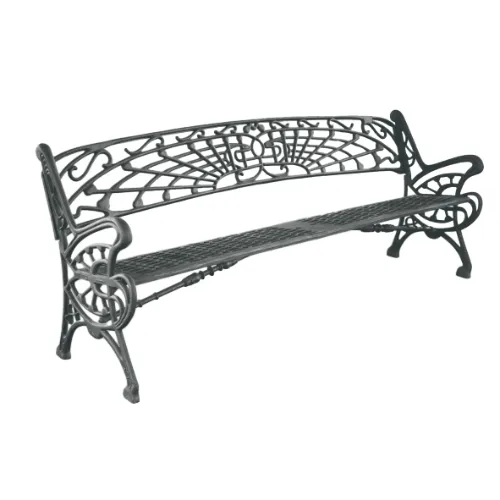driveway channel grate
Understanding Driveway Channel Grates Essential Components for Effective Drainage
When it comes to effective drainage solutions for residential and commercial properties, one often overlooked yet crucial element is the driveway channel grate. These grates play a vital role in managing rainwater runoff, preventing flooding, and protecting the integrity of driveways and surrounding landscapes. In this article, we will explore what driveway channel grates are, their functions, materials, installation methods, and maintenance tips, ensuring you understand their importance in efficient water management.
What is a Driveway Channel Grate?
A driveway channel grate is a drainage device typically installed at the edge of a driveway or parking area. Its primary function is to collect and direct surface water runoff into an underground drainage system. These grates often fit over a channel or trench that leads to a drainage pipe, effectively preventing water from pooling on the driveway’s surface. By facilitating this flow, channel grates help maintain a safe and functional surface for vehicles and pedestrians alike.
The Importance of Driveway Channel Grates
One of the primary benefits of driveway channel grates is their impact on preventing flooding. During heavy rainfalls, water can accumulate quickly, creating hazardous conditions. By directing this water away from driveways and into proper drainage systems, channel grates mitigate the risk of flooding, protecting not only the driveway but also surrounding structures and landscapes.
Moreover, driveway channel grates can help prevent erosion. When rainwater is allowed to flow freely and unchecked, it can wash away soil, leading to unsightly and potentially damaging erosion. With the installation of channel grates, water is effectively channeled, reducing its destructive potential.
Materials Used in Channel Grates
Driveway channel grates are made from various materials, each offering unique advantages. Common materials include
1. Cast Iron Known for its strength and durability, cast iron grates can withstand heavy loads, making them ideal for high-traffic areas. They also resist corrosion and other environmental damage, ensuring a long lifespan.
2. Plastic Lightweight and easy to install, plastic channel grates are often utilized in residential settings. They are resistant to rust and corrosion but may not be suitable for heavy vehicles.
3. Stainless Steel Offering a high level of resistance to corrosion, stainless steel grates can endure harsh environmental conditions. They are often used in commercial settings due to their durability and aesthetic appeal.
4. Concrete Heavy-duty and robust, concrete grates are typically used in industrial applications. They can handle significant weights and resist extreme weather conditions.
driveway channel grate

Installation Methods
Installing a driveway channel grate requires careful planning and execution to ensure effective drainage
. The installation process generally includes the following steps1. Planning Assess the area to determine the best location for the channel grate, ideally at points where water tends to collect.
2. Excavation Dig a trench to accommodate the channel and the grate, ensuring it slopes slightly toward the drainage exit to promote proper water flow.
3. Setting the Channel Place the channel in the excavated trench, ensuring it is level and aligns with the surrounding surfaces.
4. Installing the Grate Secure the grate on top of the channel, anchoring it in place as necessary.
5. Backfilling and Finishing Fill around the channel and grate with gravel or soil, ensuring proper support and aesthetic integration with the surrounding area.
Maintenance Tips
Regular maintenance is essential to ensure the long-term effectiveness of driveway channel grates. Here are some maintenance tips
1. Cleaning Periodically remove debris, such as leaves and dirt, from the grate’s surface to prevent blockages.
2. Inspection Regularly check for signs of corrosion or damage, especially in metal grates.
3. Clearing the Drainage System Ensure that the drainage pipe connected to the channel is clear and free from obstructions to maintain proper water flow.
In conclusion, driveway channel grates are essential components of effective stormwater management systems. By understanding their function, materials, installation methods, and maintenance requirements, property owners can make informed decisions that enhance drainage efficiency and protect their investments. Whether for residential or commercial properties, investing in quality driveway channel grates is a step towards a safer and more sustainable environment.
-
The Smarter Choice for Pedestrian AreasNewsJun.30,2025
-
The Gold Standard in Round Drain CoversNewsJun.30,2025
-
The Gold Standard in Manhole Cover SystemsNewsJun.30,2025
-
Superior Drainage Solutions with Premium Gully GratesNewsJun.30,2025
-
Superior Drainage Solutions for Global InfrastructureNewsJun.30,2025
-
Square Manhole Solutions for Modern InfrastructureNewsJun.30,2025
-
Premium Manhole Covers for Modern InfrastructureNewsJun.30,2025
